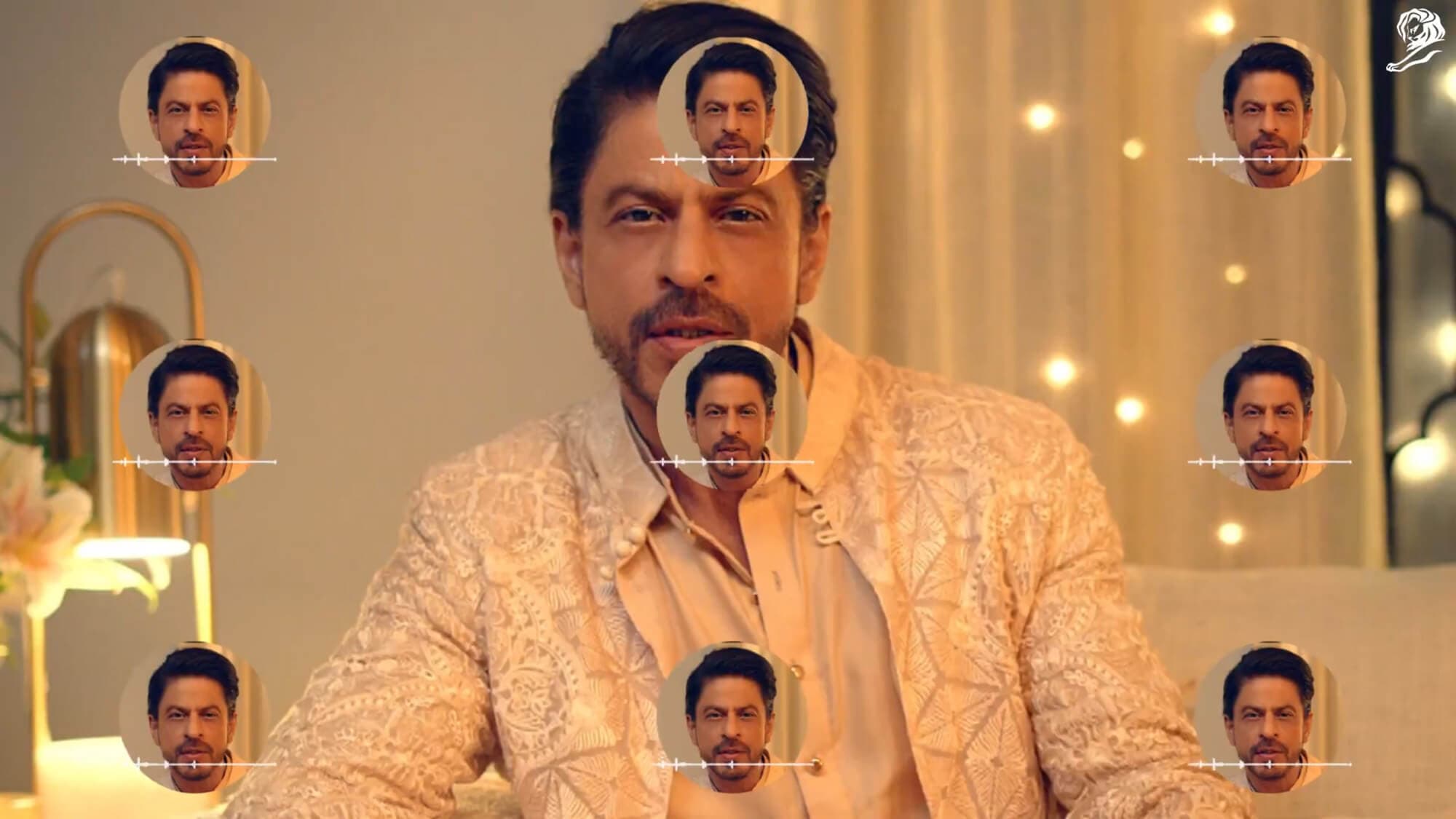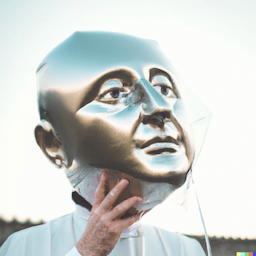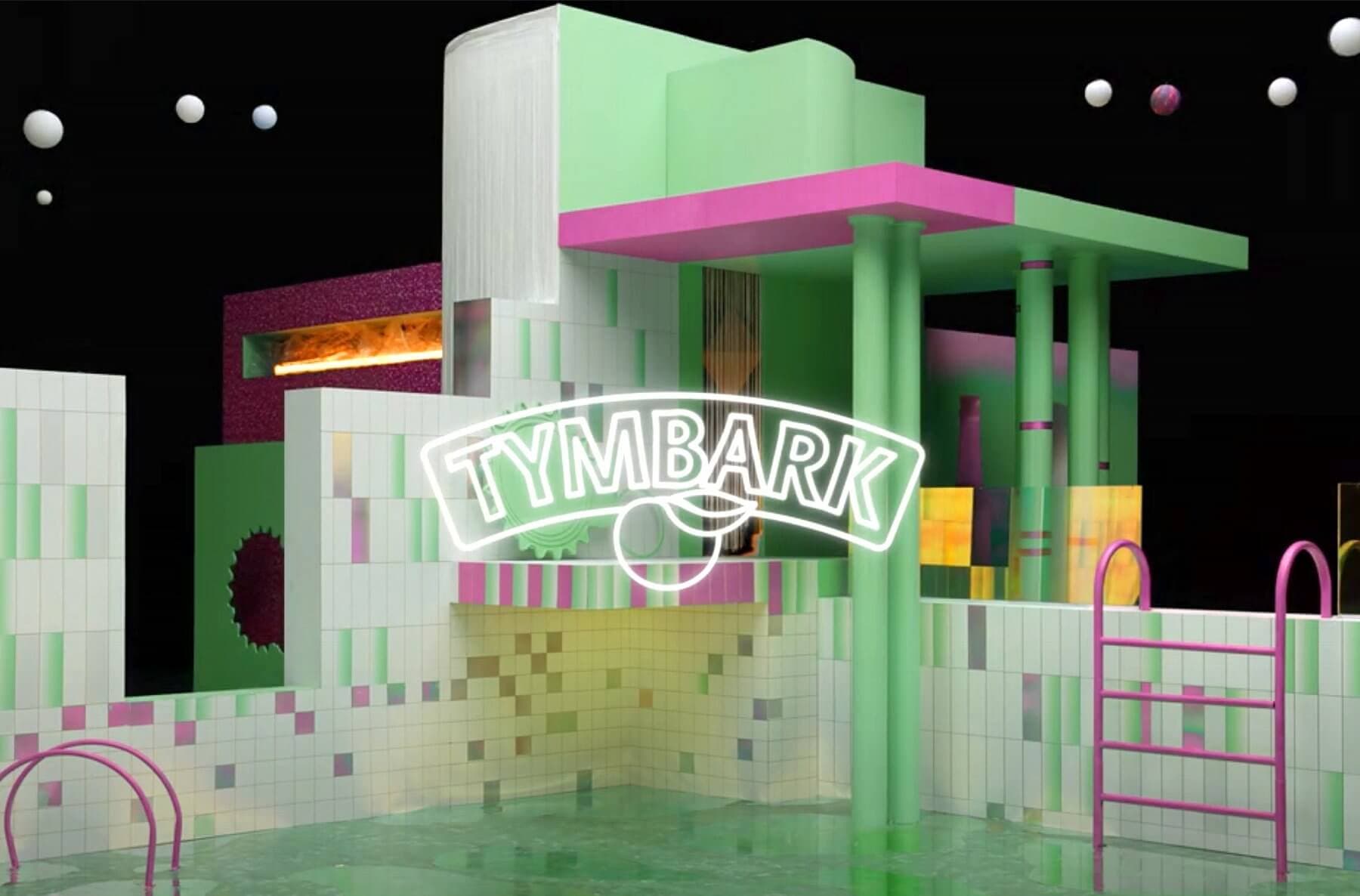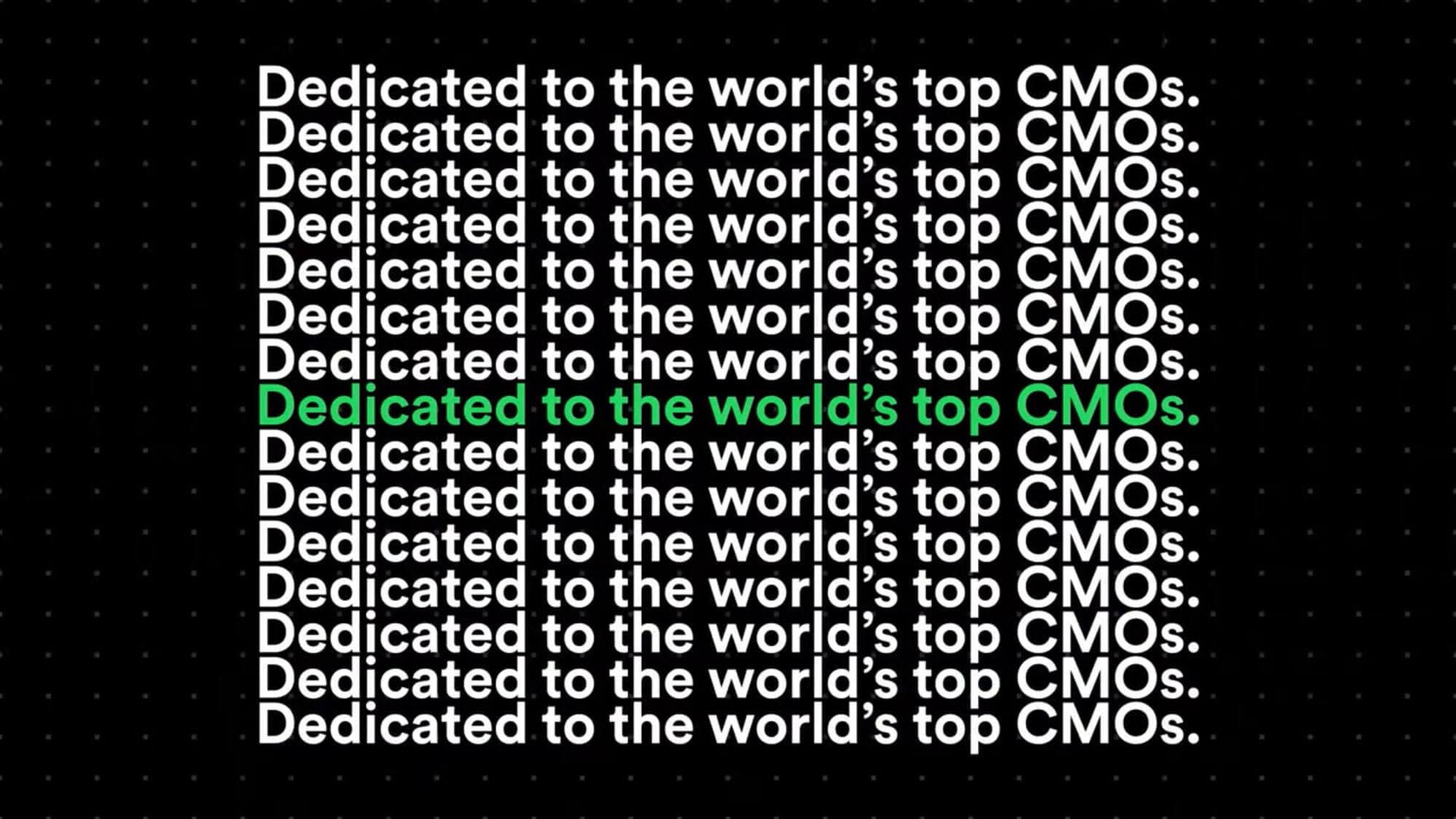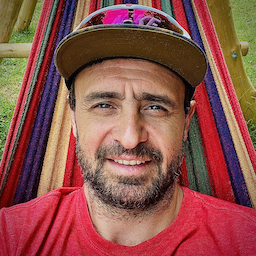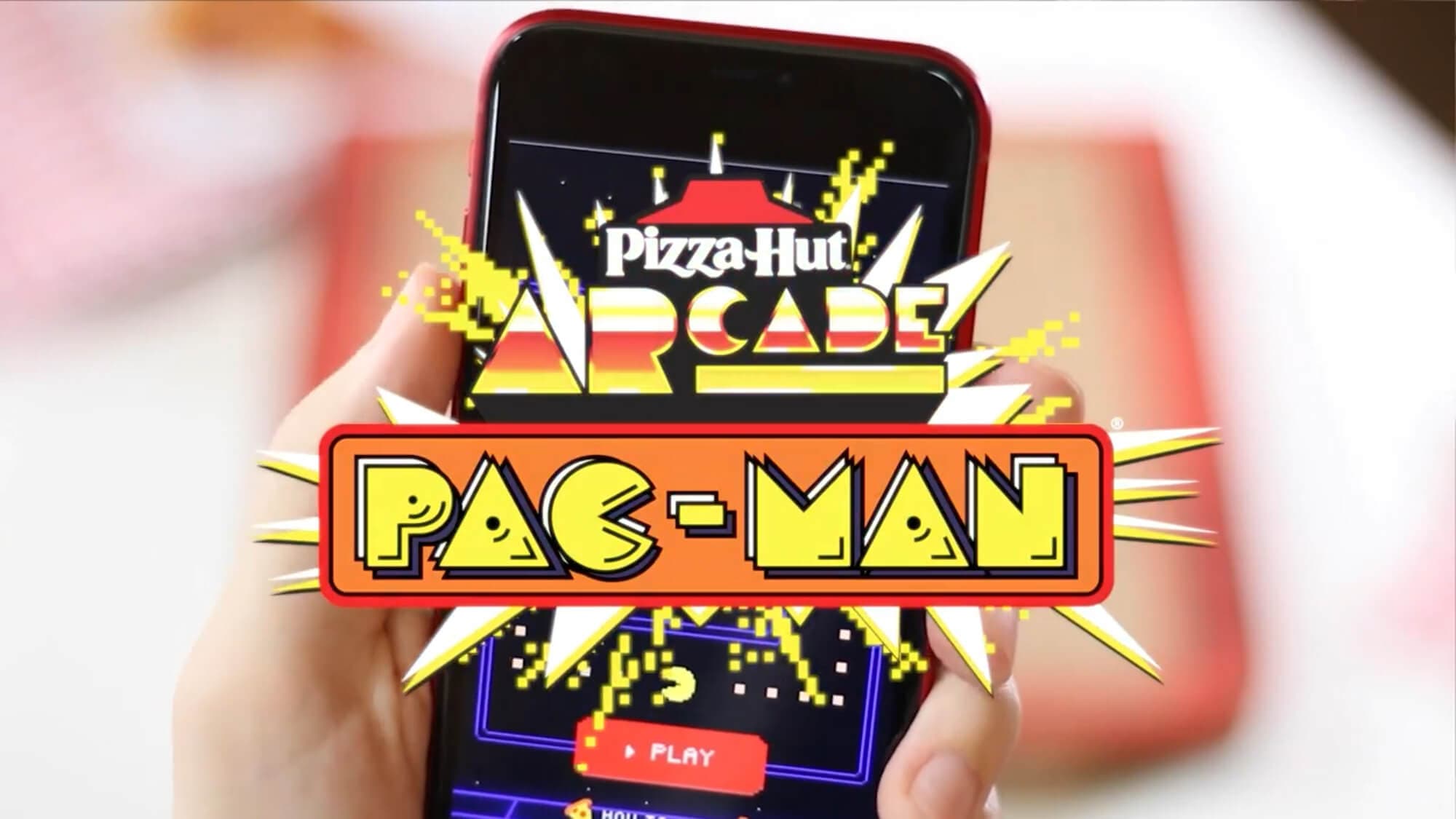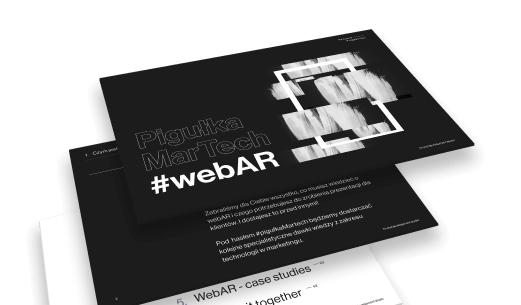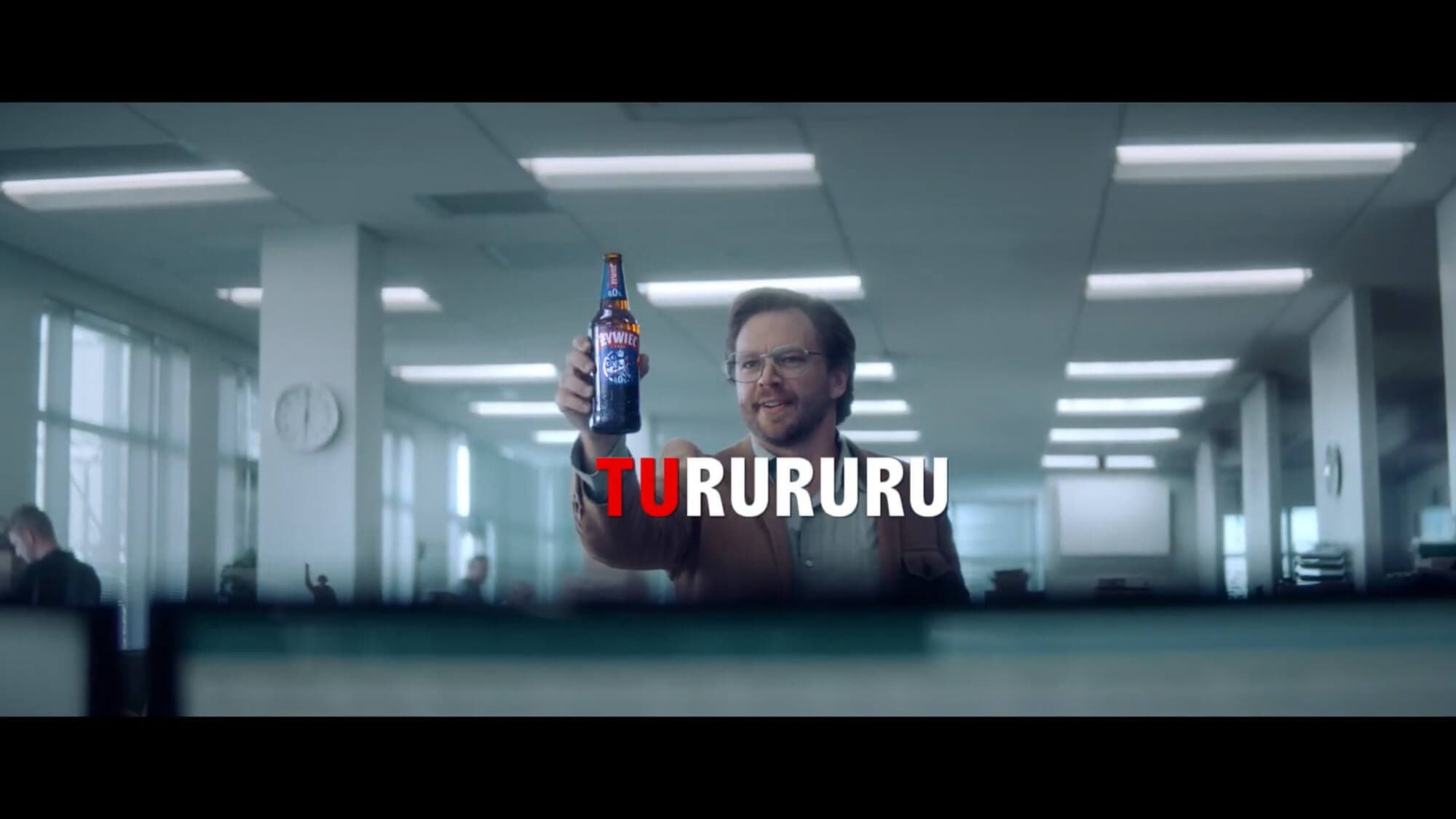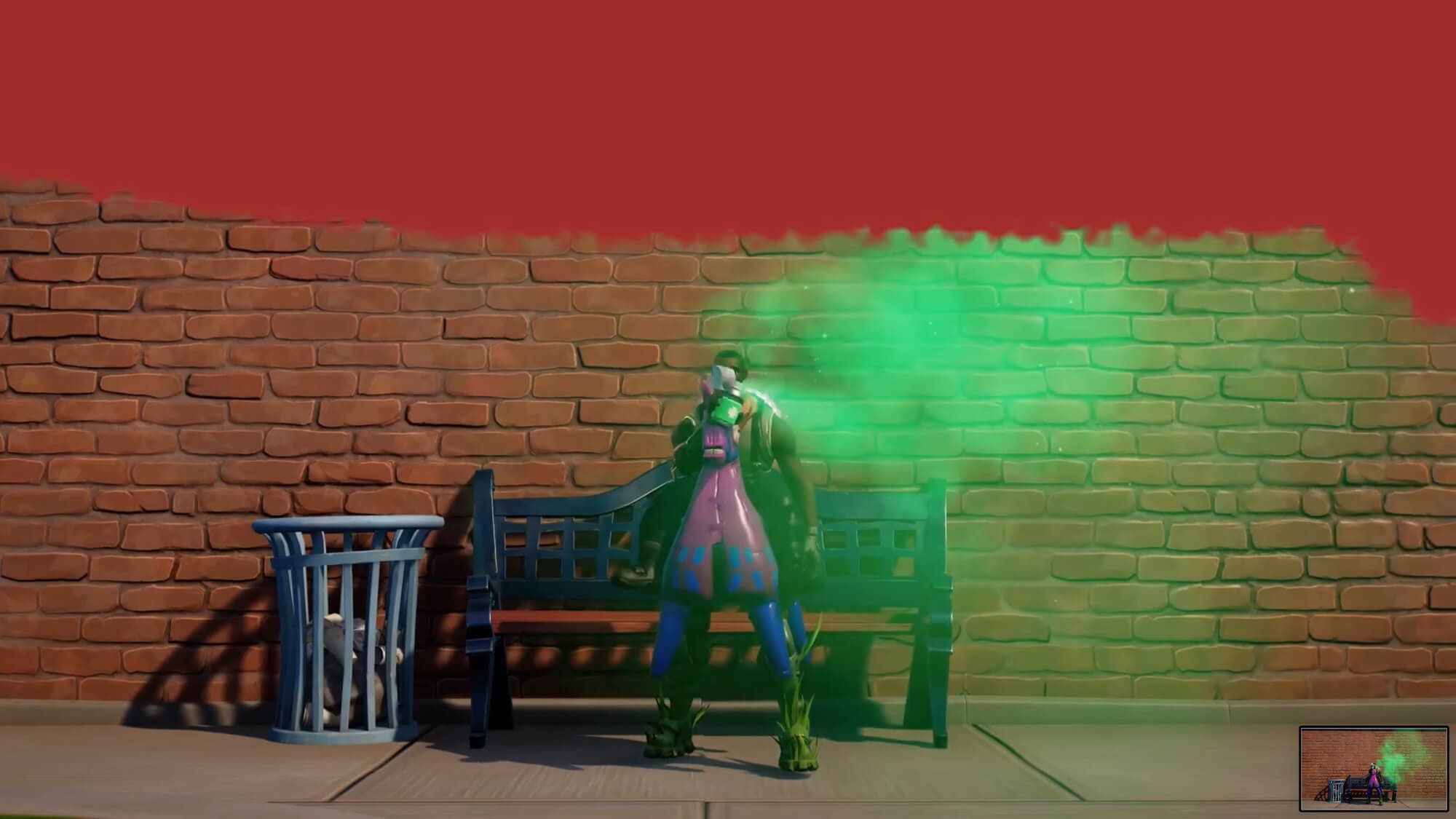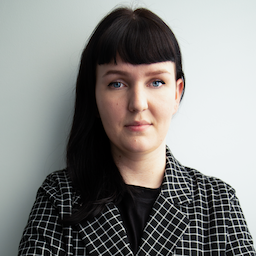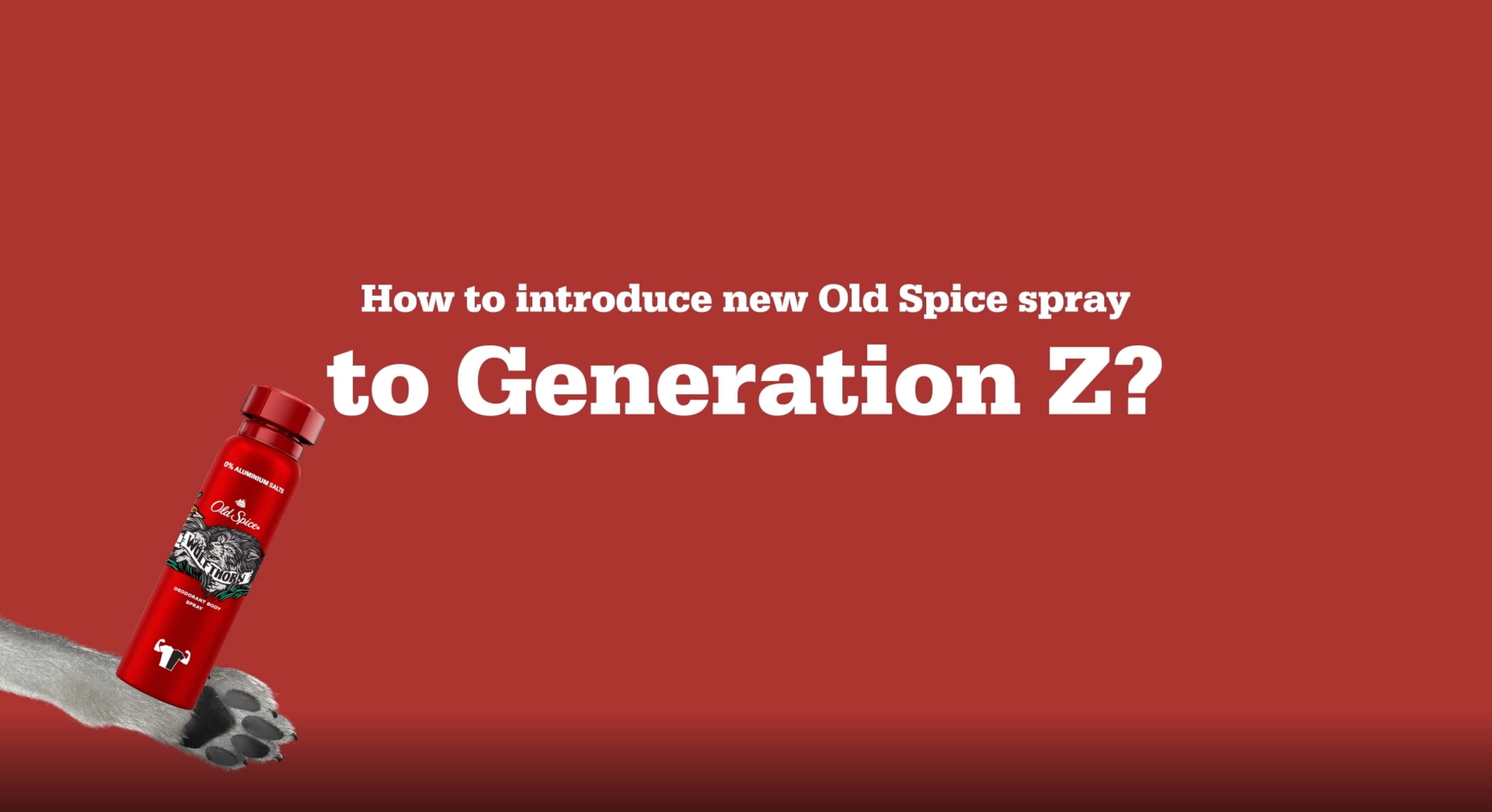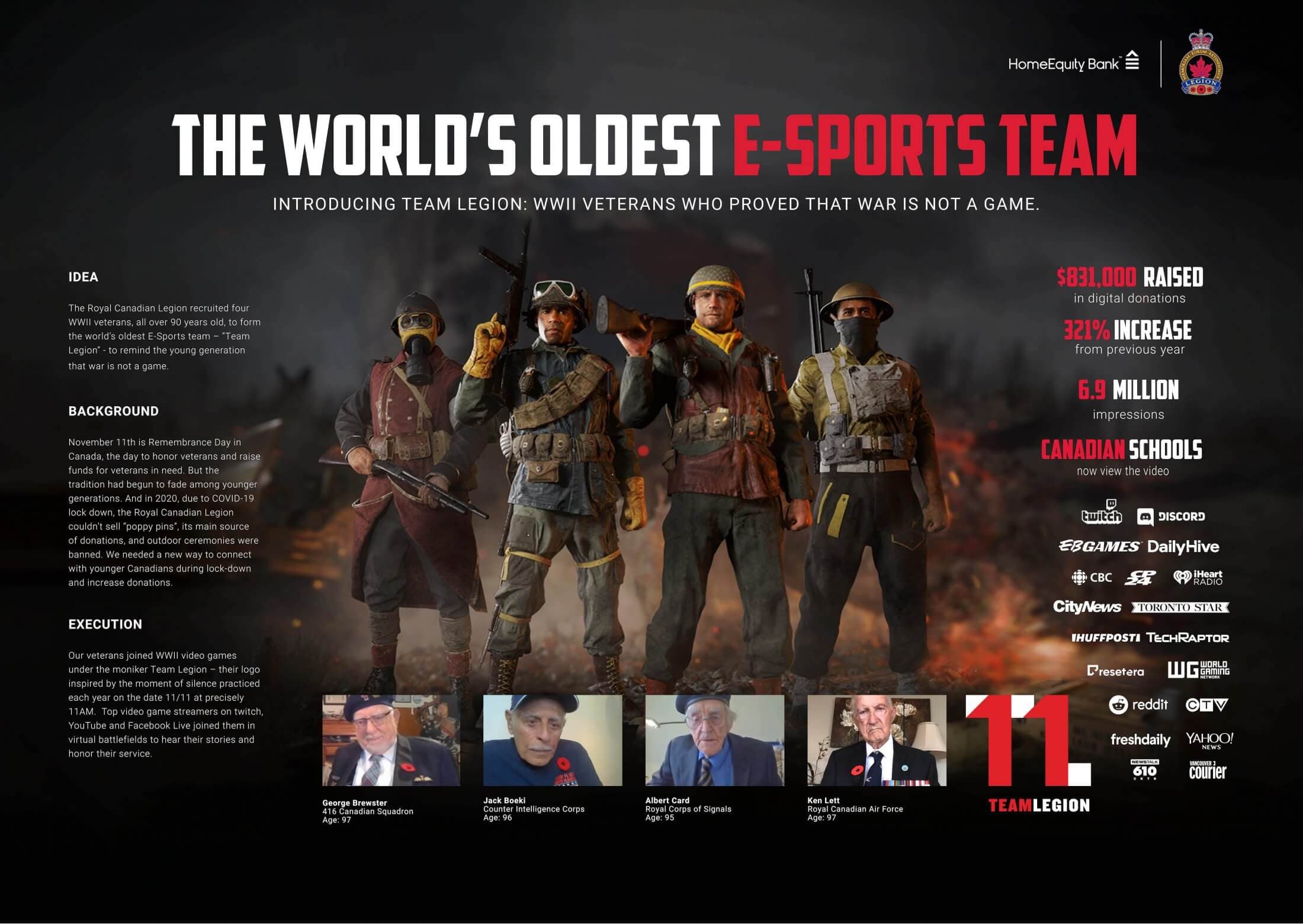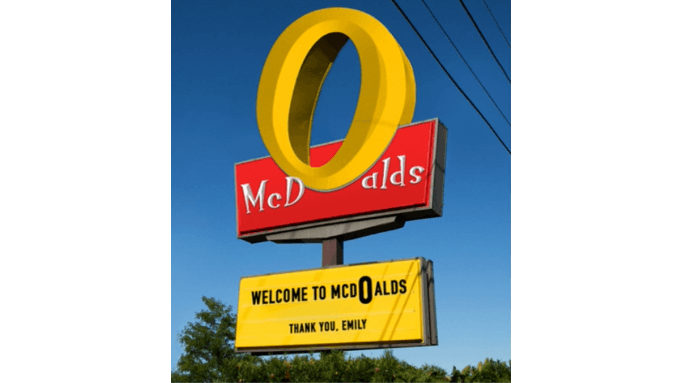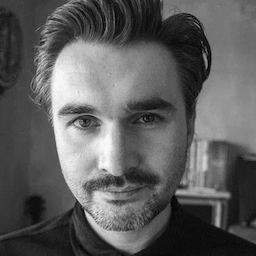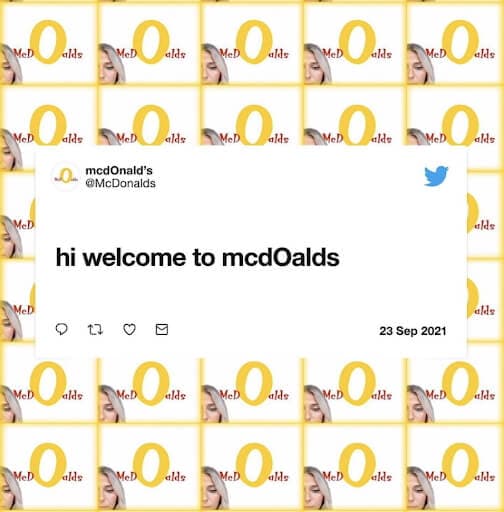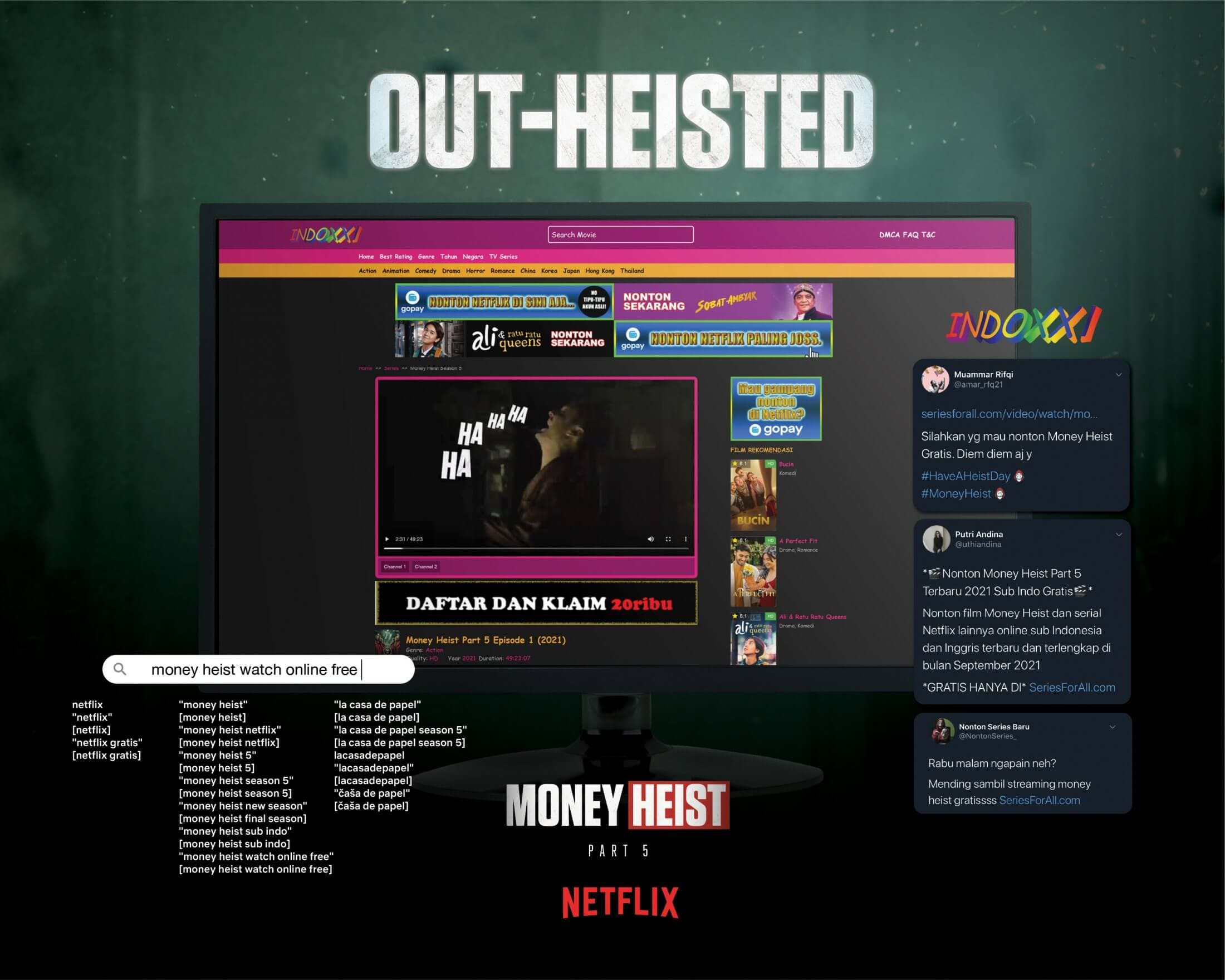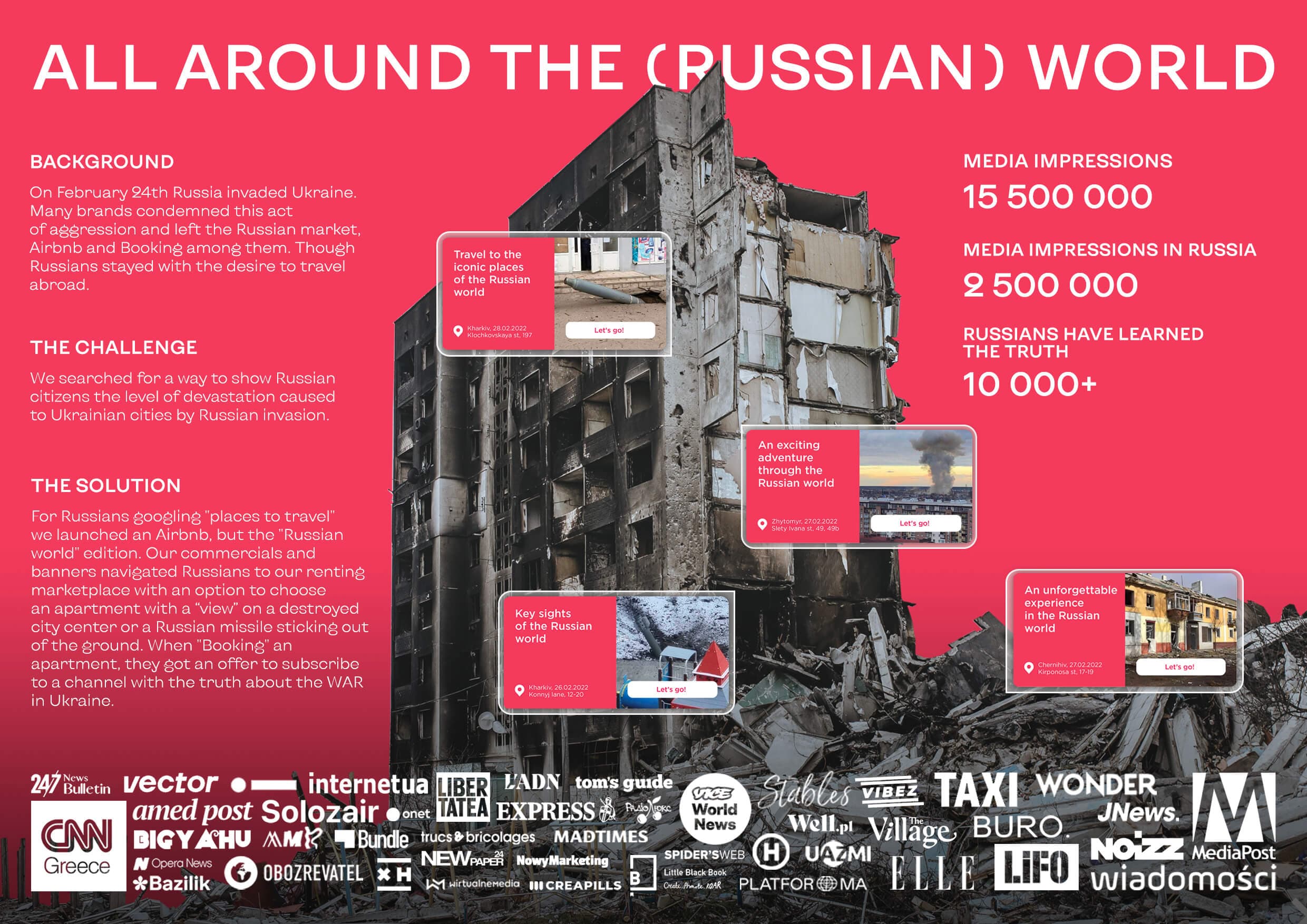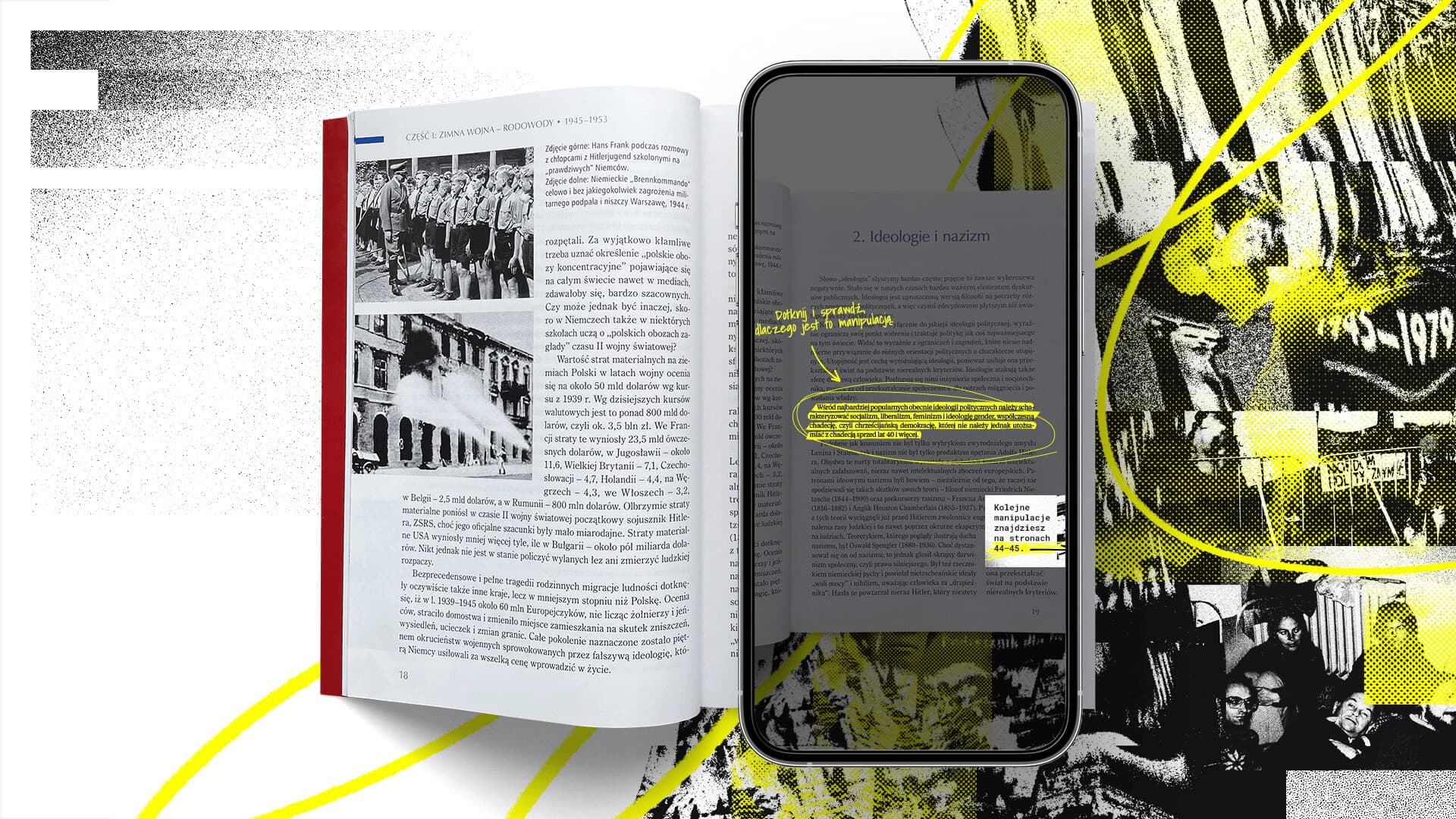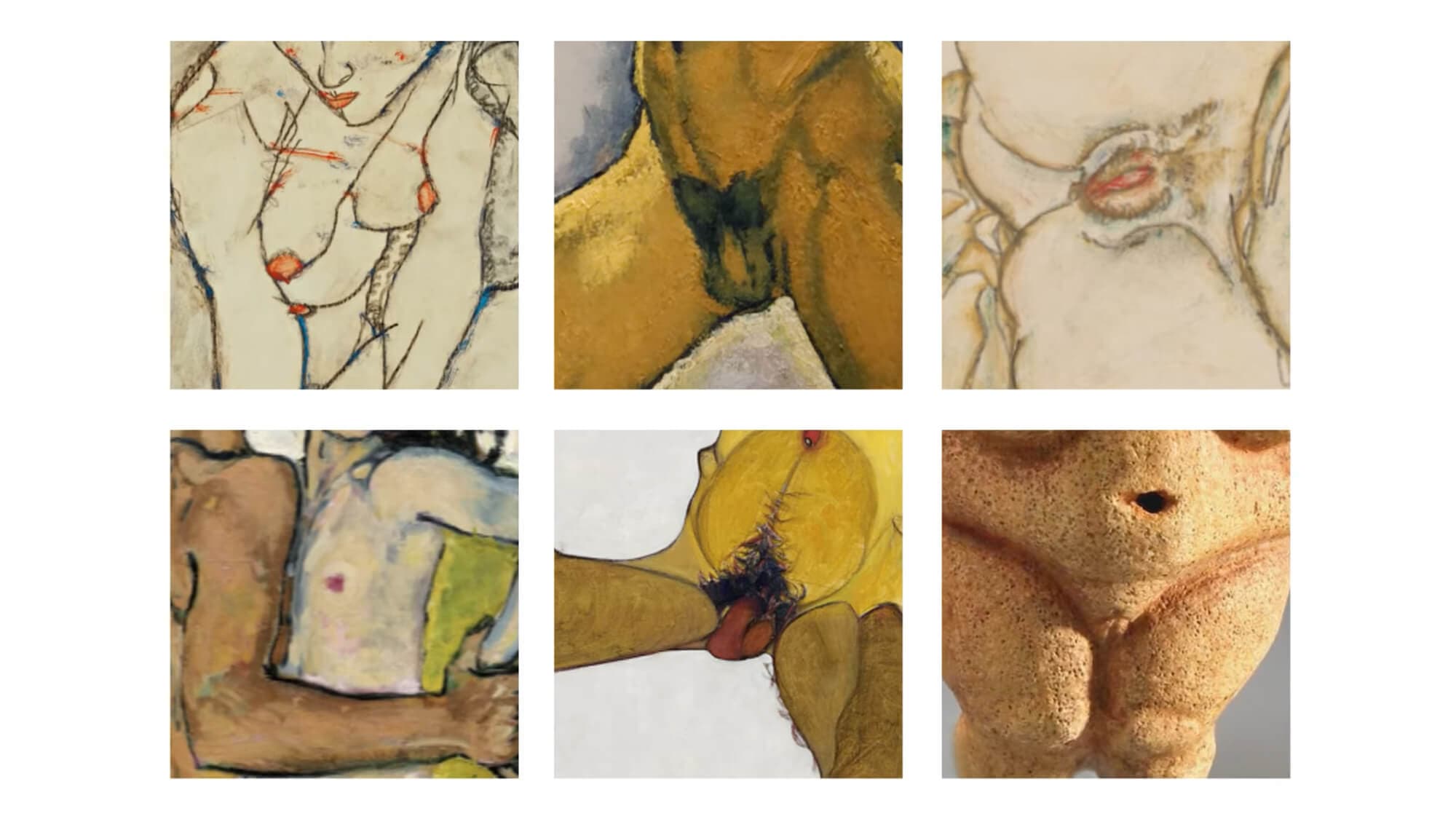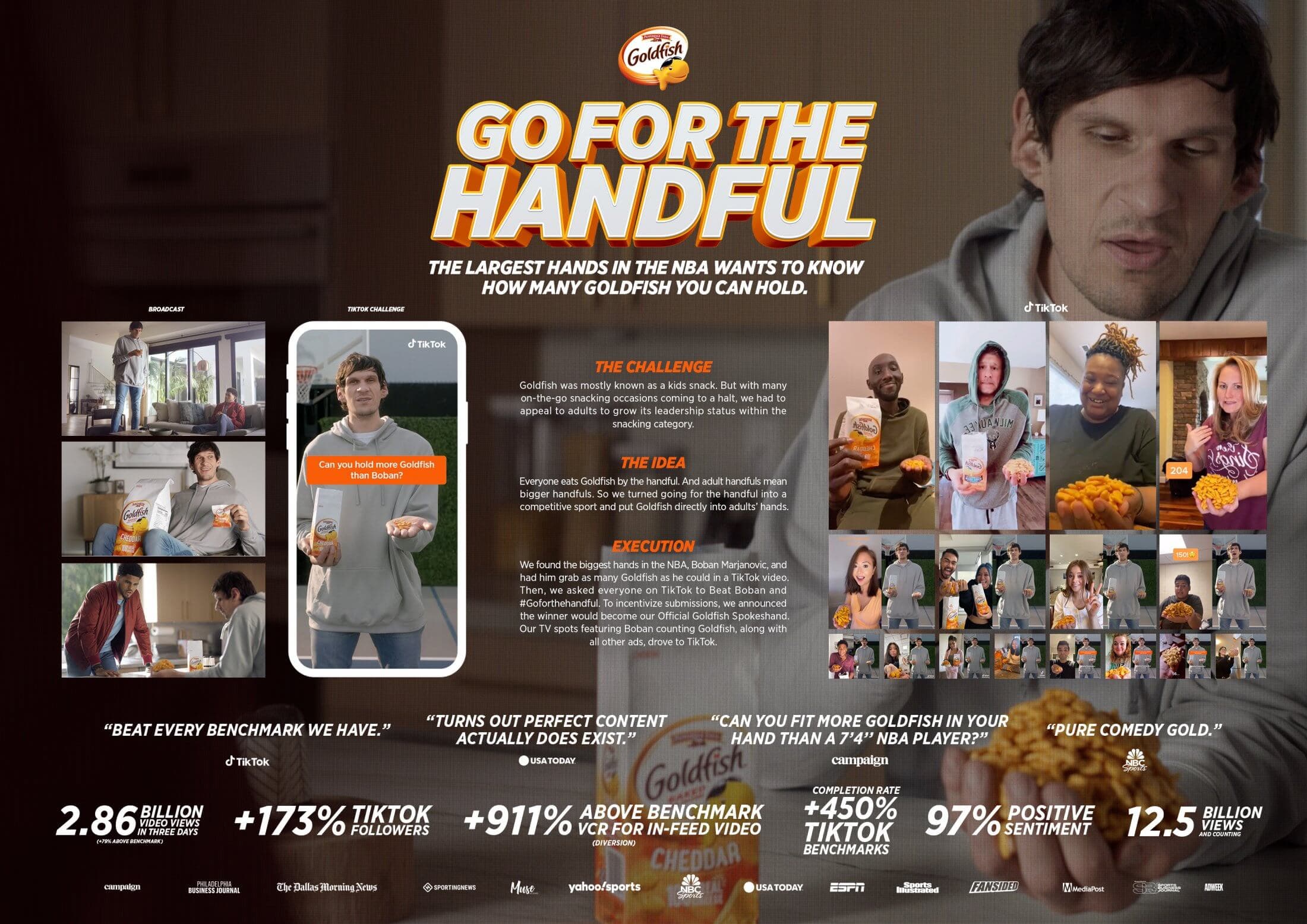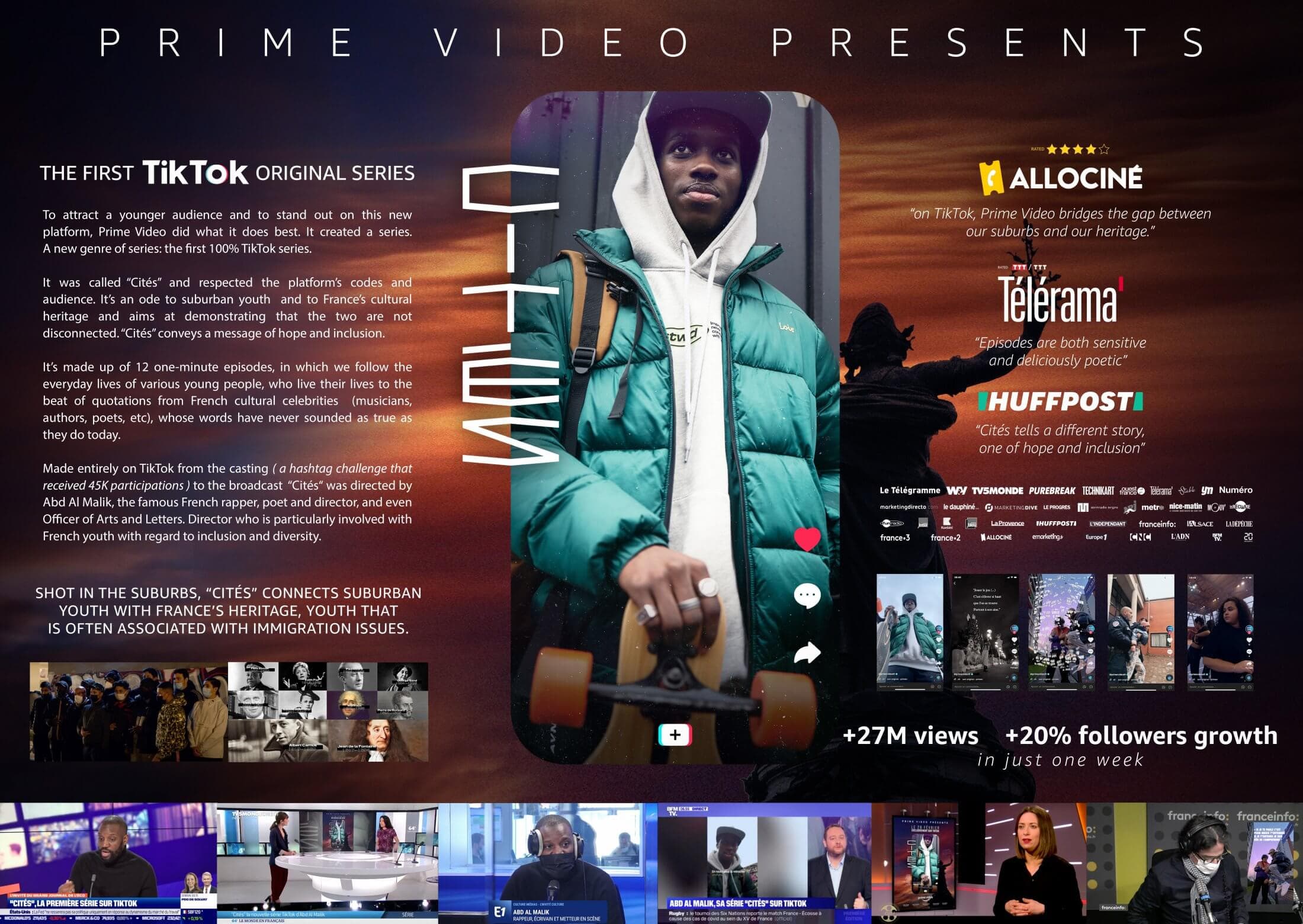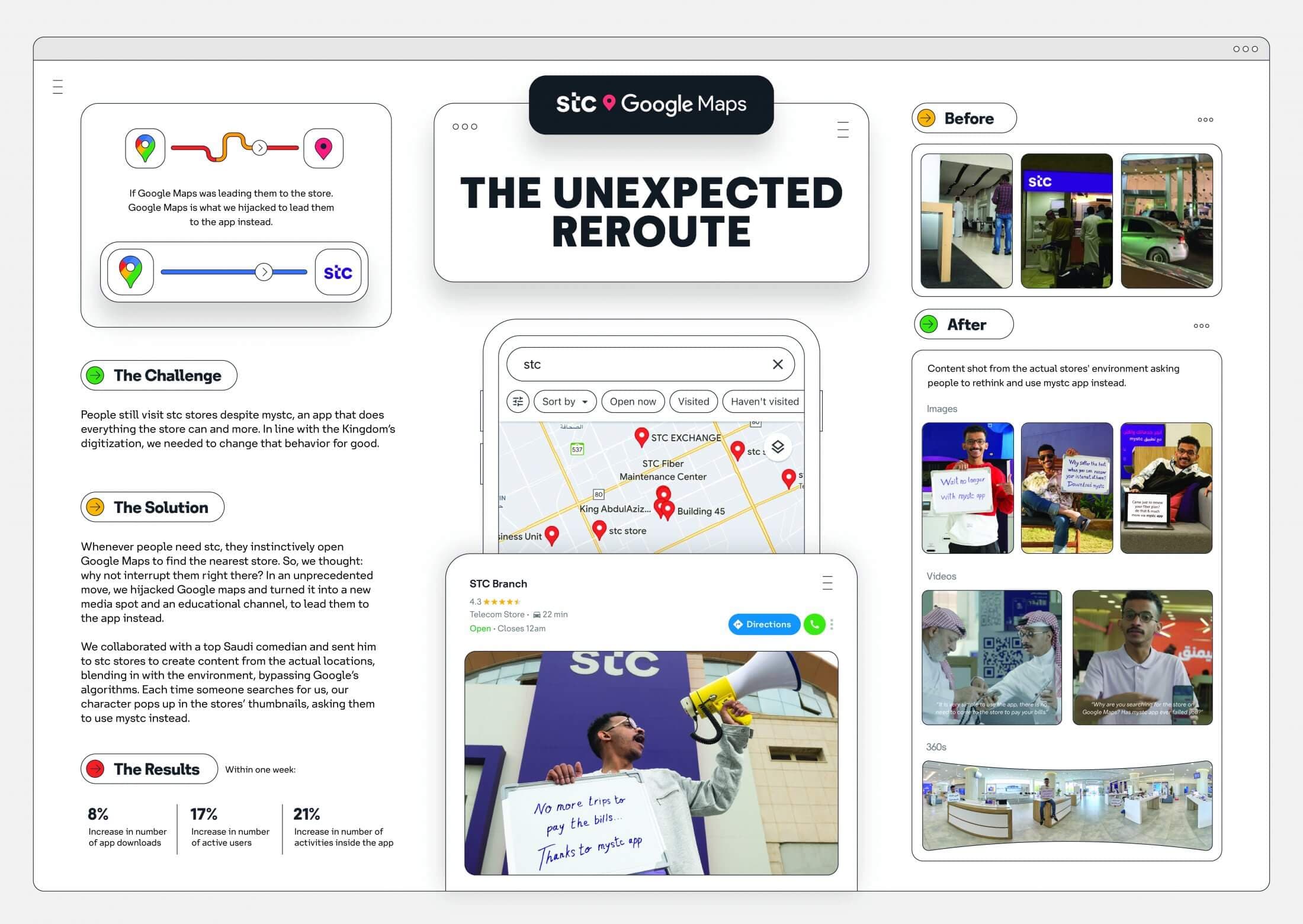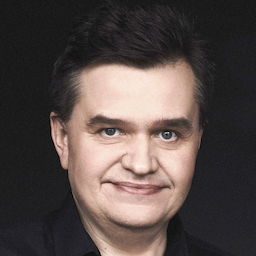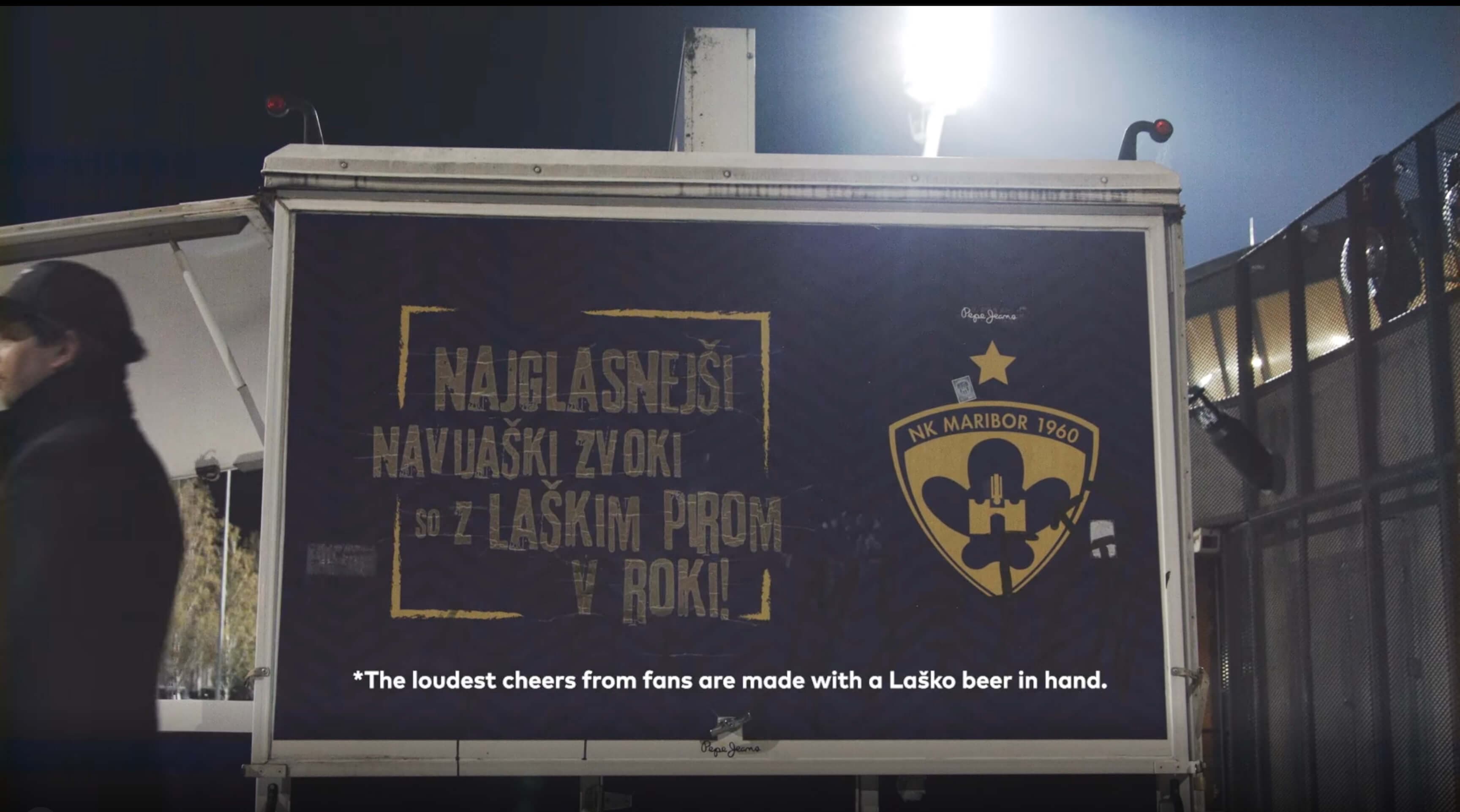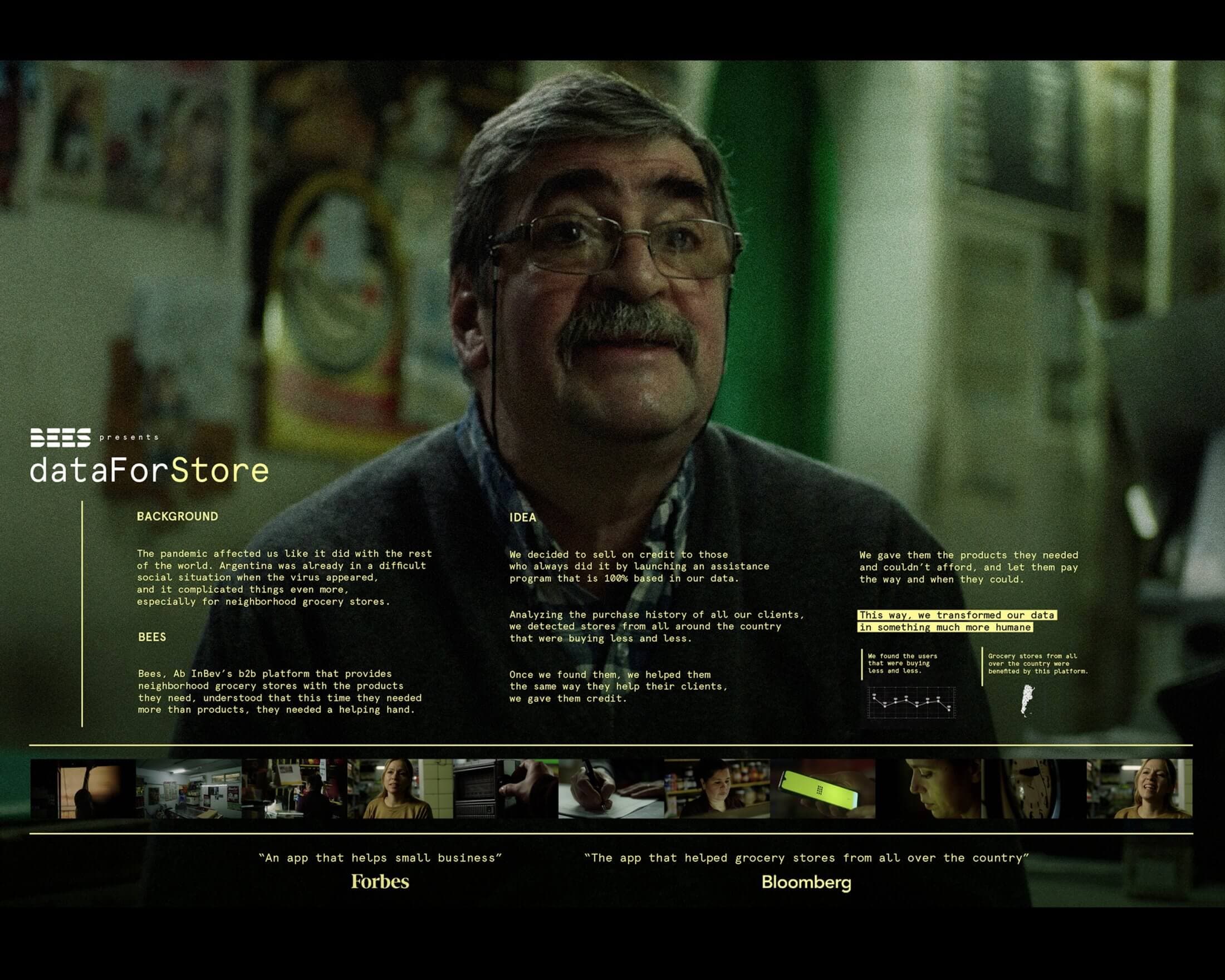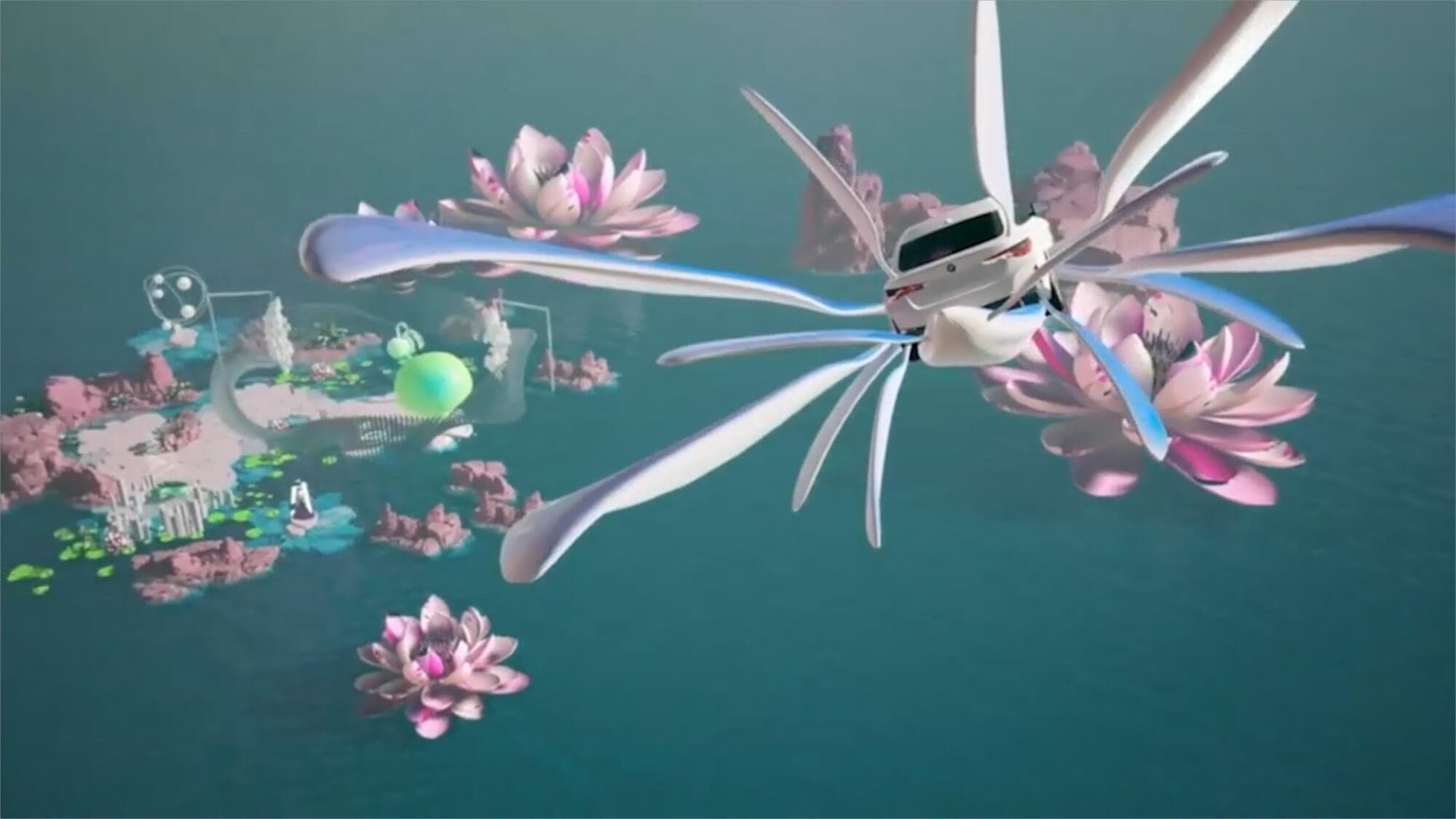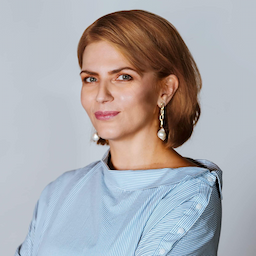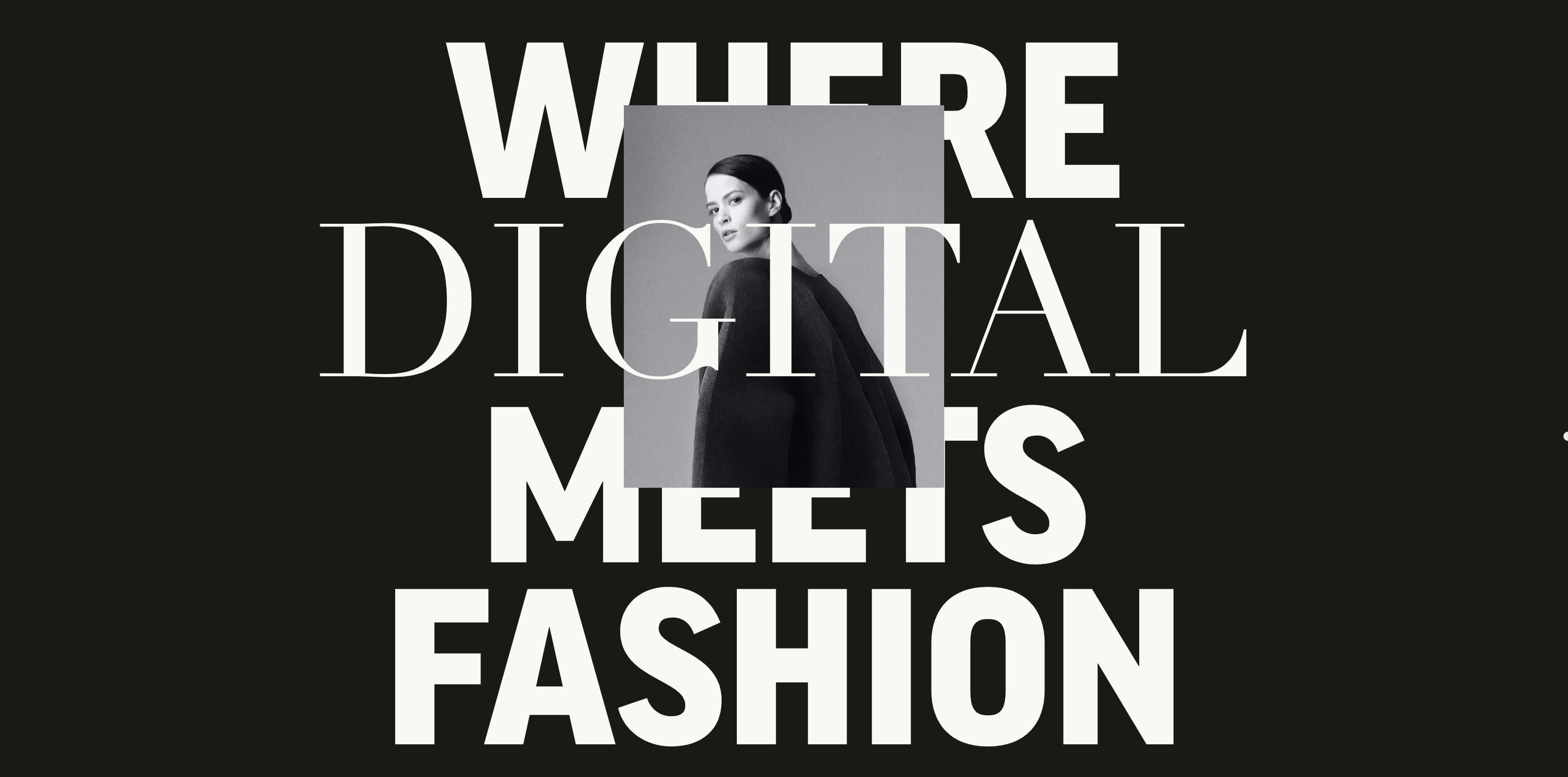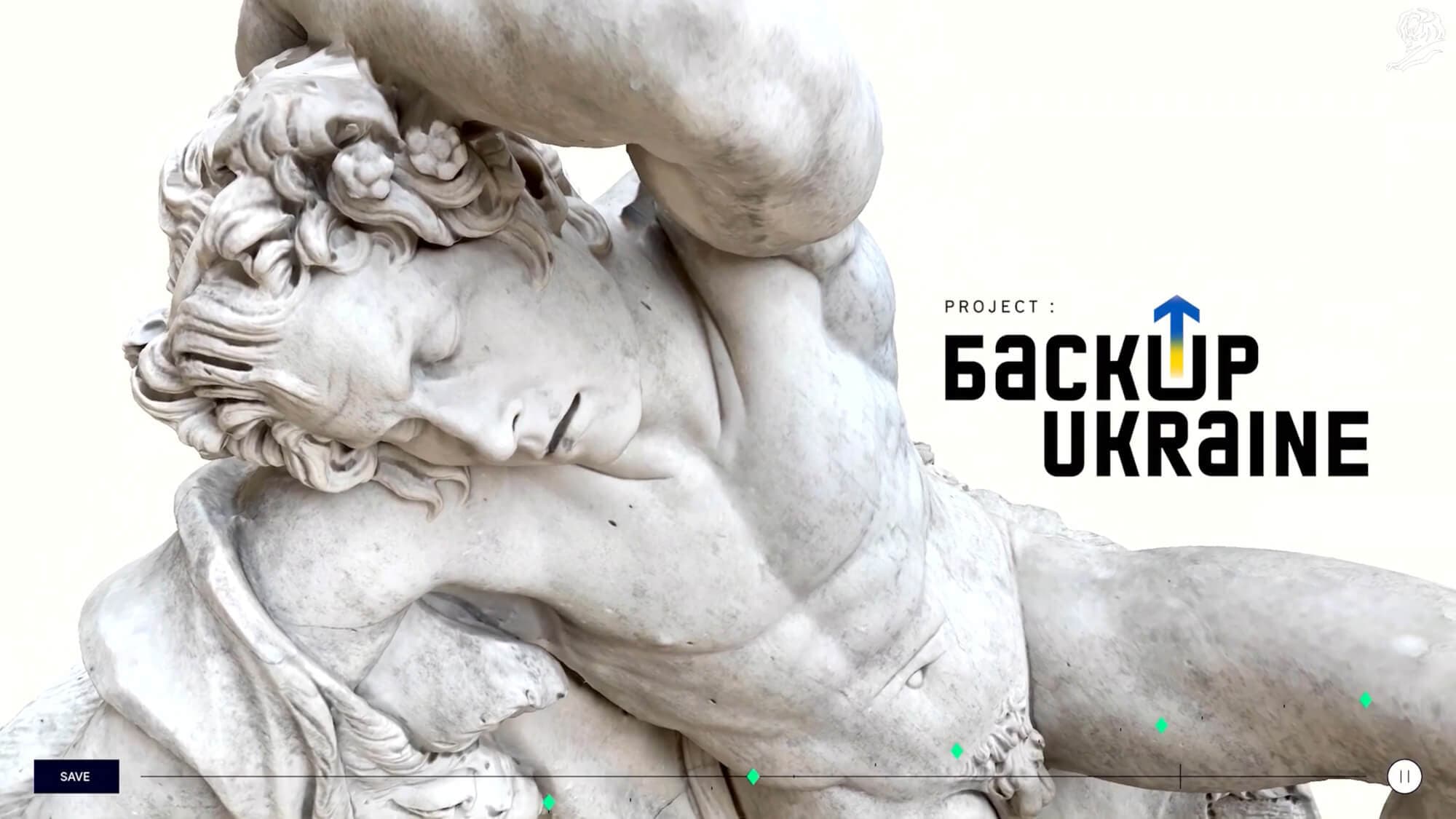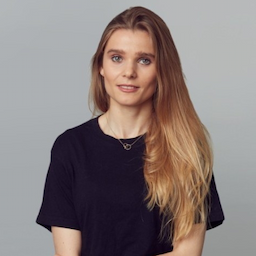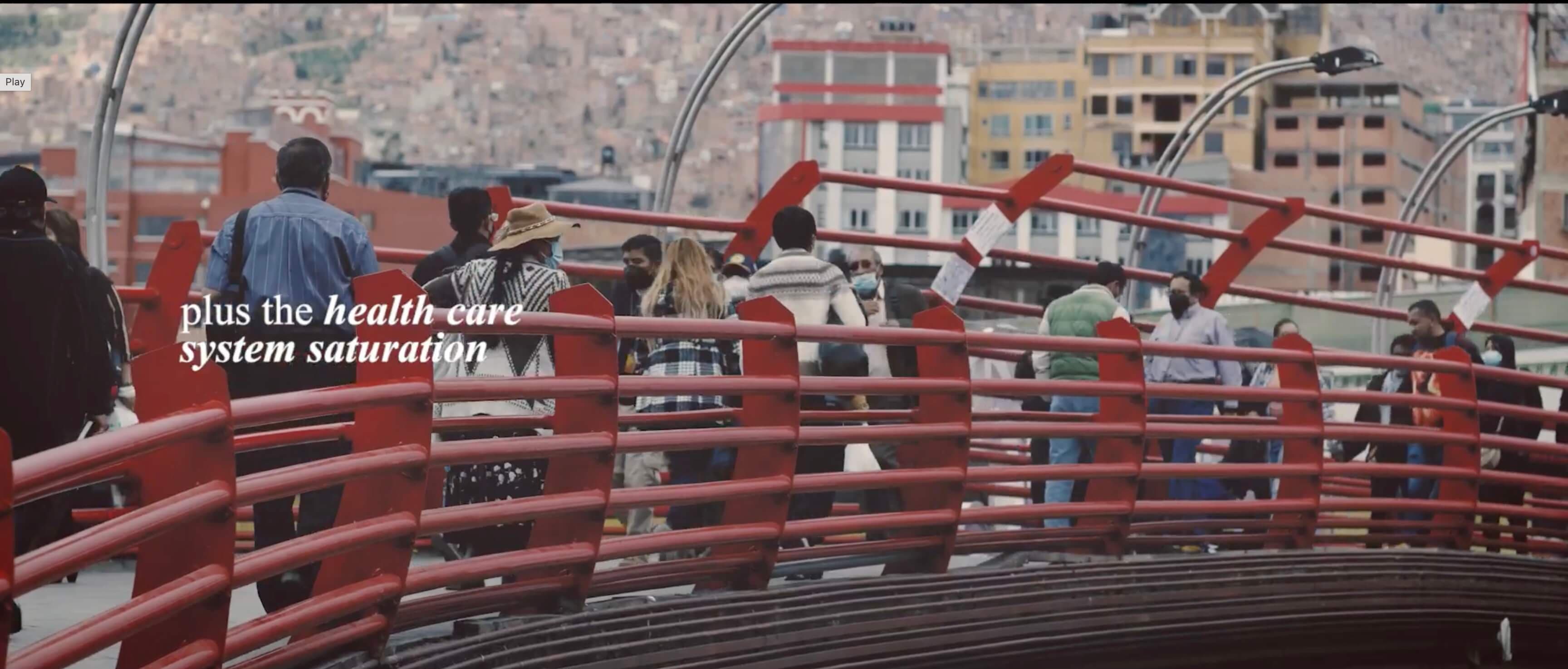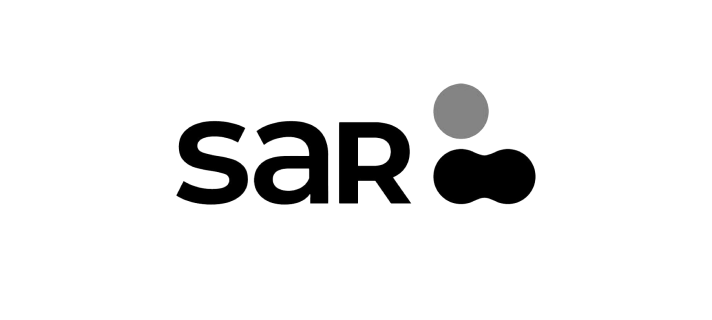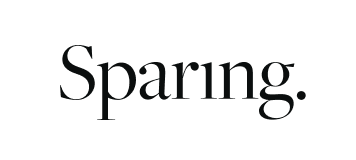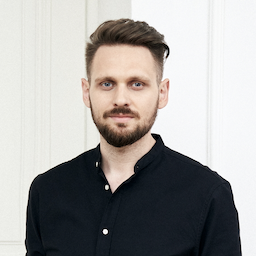
CEO & digital consultant
at Panowie Programiści
The easiest way to raise awareness of the power of deepfake is to build a system in which anyone can insert their face in place of an actor's face in a recorded video. We used such a solution in the Tymbark juice campaign. The user uploaded his or her photo and the system reproduced it in the video. This way, any Internet user could generate a video where they appeared in a clip with a well-known artist.
Achieving this, however, was no mean feat. In the course of analysing the available IT solutions, it became apparent that they require a gigantic amount of computing power, and it takes... several hours to generate an animation with a user's photo.
After many optimisations and the use of innovative characteristic facial point layout caching, we achieved incredible results! We reduced the video clip generation time to just 2.5 seconds.
In an equally experimental project for Netflix, we used face de-aging technology to create a rejuvenated face. The user uploaded a selfie in which the system mapped dozens of points on the eyes, mouth, nose, forehead, or hair and created a mask, which it applied to a video of a teenager. When the user took a wide point call on their smartphone a moment later, a 12-year-old child appeared on the screen, confusingly superimposed onto the adult caller. Thanks to AI, the virtual character was able to actively converse with the user.
Deepfake will continue to work ever faster and more efficiently. We will start to use the technology to create unique entertainment services, but also, for example, in customer service - to generate images of virtual assistants. It will also allow us to create avatars similar to ourselves in the metaverse.
In the wrong hands, however, deepfake can be used to discredit or even blackmail famous people. There have already been cases where someone has replaced the face of porn actors with that of famous people. Major technology companies are trying to find ways of recognising such manipulated footage.
The sooner we familiarise audiences with deepfake technology and show its capabilities, the sooner we will make the public immune to cyber attacks using it.
Achieving this, however, was no mean feat. In the course of analysing the available IT solutions, it became apparent that they require a gigantic amount of computing power, and it takes... several hours to generate an animation with a user's photo.
After many optimisations and the use of innovative characteristic facial point layout caching, we achieved incredible results! We reduced the video clip generation time to just 2.5 seconds.
In an equally experimental project for Netflix, we used face de-aging technology to create a rejuvenated face. The user uploaded a selfie in which the system mapped dozens of points on the eyes, mouth, nose, forehead, or hair and created a mask, which it applied to a video of a teenager. When the user took a wide point call on their smartphone a moment later, a 12-year-old child appeared on the screen, confusingly superimposed onto the adult caller. Thanks to AI, the virtual character was able to actively converse with the user.
Deepfake will continue to work ever faster and more efficiently. We will start to use the technology to create unique entertainment services, but also, for example, in customer service - to generate images of virtual assistants. It will also allow us to create avatars similar to ourselves in the metaverse.
In the wrong hands, however, deepfake can be used to discredit or even blackmail famous people. There have already been cases where someone has replaced the face of porn actors with that of famous people. Major technology companies are trying to find ways of recognising such manipulated footage.
The sooner we familiarise audiences with deepfake technology and show its capabilities, the sooner we will make the public immune to cyber attacks using it.
